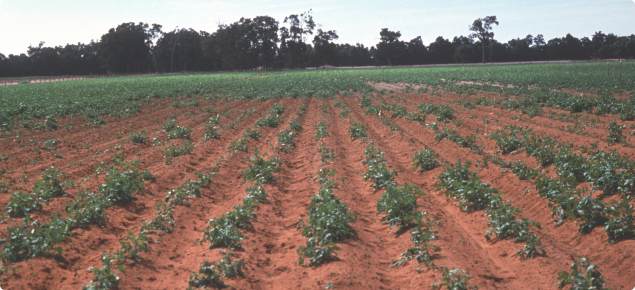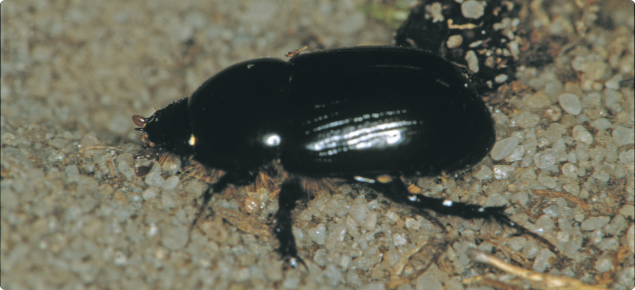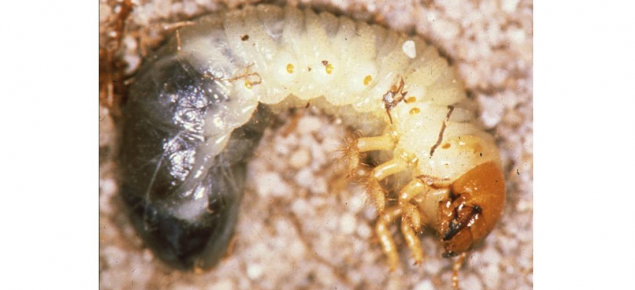Background
The adult beetle is the main pest stage. The soil-dwelling larval stage is present for only three to four months each year.
Adult beetles are economically important because they attack a wide range of plants including:
- pasture, particularly newly-sown ryegrass and perennial grasses such as couch and kikuyu
- barley, triticale and wheat, but oats is not attacked as readily
- irrigated and dryland summer forage such as millet and maize
- turf
- many vegetable crops, most importantly potatoes
- grapevines, olives and trees in truffle orchards
- ornamental plants and newly-planted trees such as blue gums.
Larvae are less economically important but can damage turf and underground crops, notably potato tubers.




